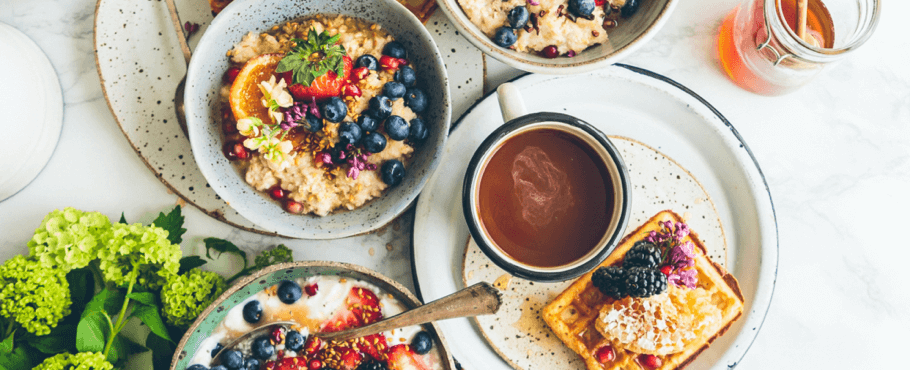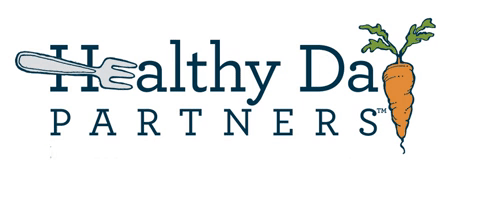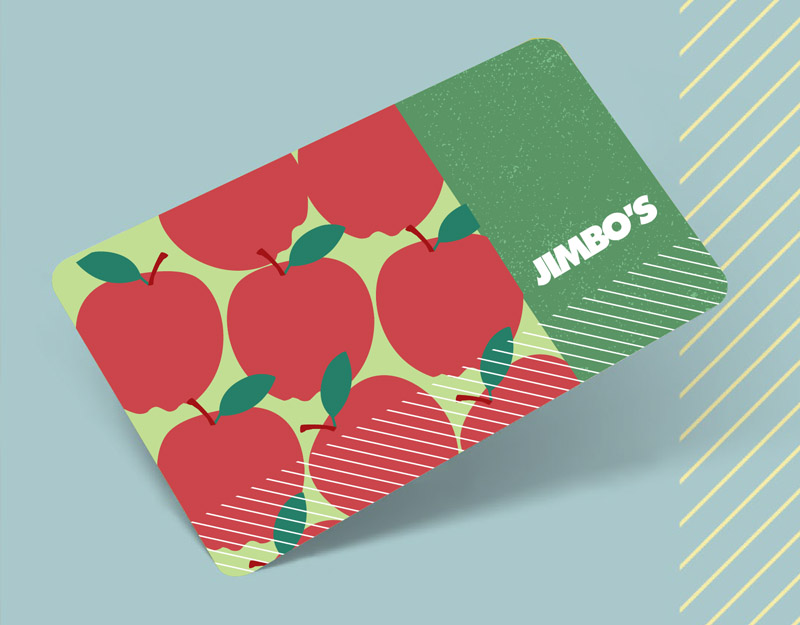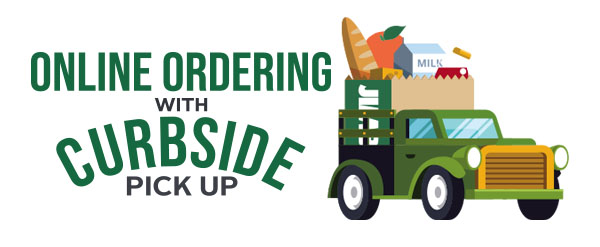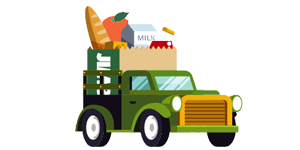We continue to take the necessary precautions to ensure the safety and well-being of our customers and staff during COVID-19. Learn more.
Food Recovery
Food sent to landfills does not break down properly and instead emits methane, a powerful greenhouse gas. While there will always be a certain amount of surplus food that cannot be sold, we do our best to reduce waste from the source and donate or compost anything that can’t be eaten. Since 1 in 4 people in San Diego face food insecurity, donating our surplus organic produce is critical to reducing our environmental impact and supporting the community.

Compost to Customer
In 2024, we diverted and donated 30 tons of inedible food scraps to farmers around San Diego.
Produce trim, juice bar pulp, and other food scraps that can’t be sold, eaten, or donated, can be picked up by customers to feed farm animals or compost bins.
If you’re interested in joining the waitlist for our Compost to Customer program, fill out the contact form here and choose “Sustainability” in the dropdown.
Produce trim, juice bar pulp, and other food scraps that can’t be sold, eaten, or donated, can be picked up by customers to feed farm animals or compost bins.
If you’re interested in joining the waitlist for our Compost to Customer program, fill out the contact form here and choose “Sustainability” in the dropdown.
Zero Food to Landfill
After reducing our food waste from the source, using or donating what can’t be sold, and diverting food scraps for animal feed, it’s still inevitable to end up with a certain amount of food waste. We’re working hard to ensure that 100% of our inedible, unusable food waste gets composted and doesn’t go to the landfill.
Our goal is to have zero food entering the landfill in 2026, and here is what we’re doing to accomplish that goal:
- Compost bins available in all departments and eating areas.
- Staff and customer outreach and signage to encourage proper sorting and reduce contamination.
Click here to learn more about what can be composted in San Diego County.
